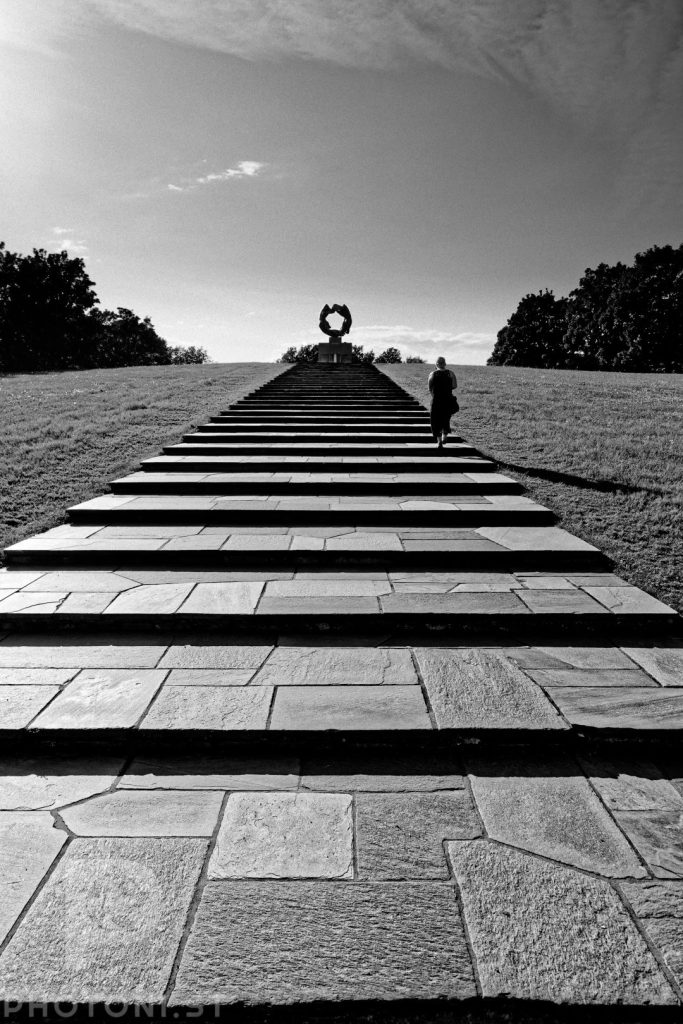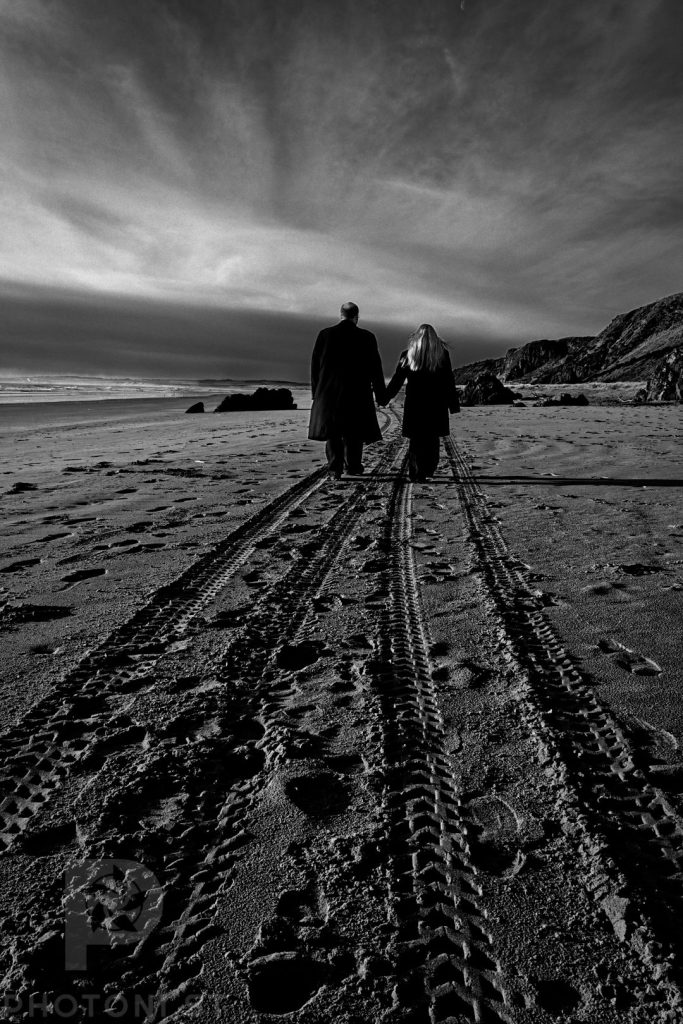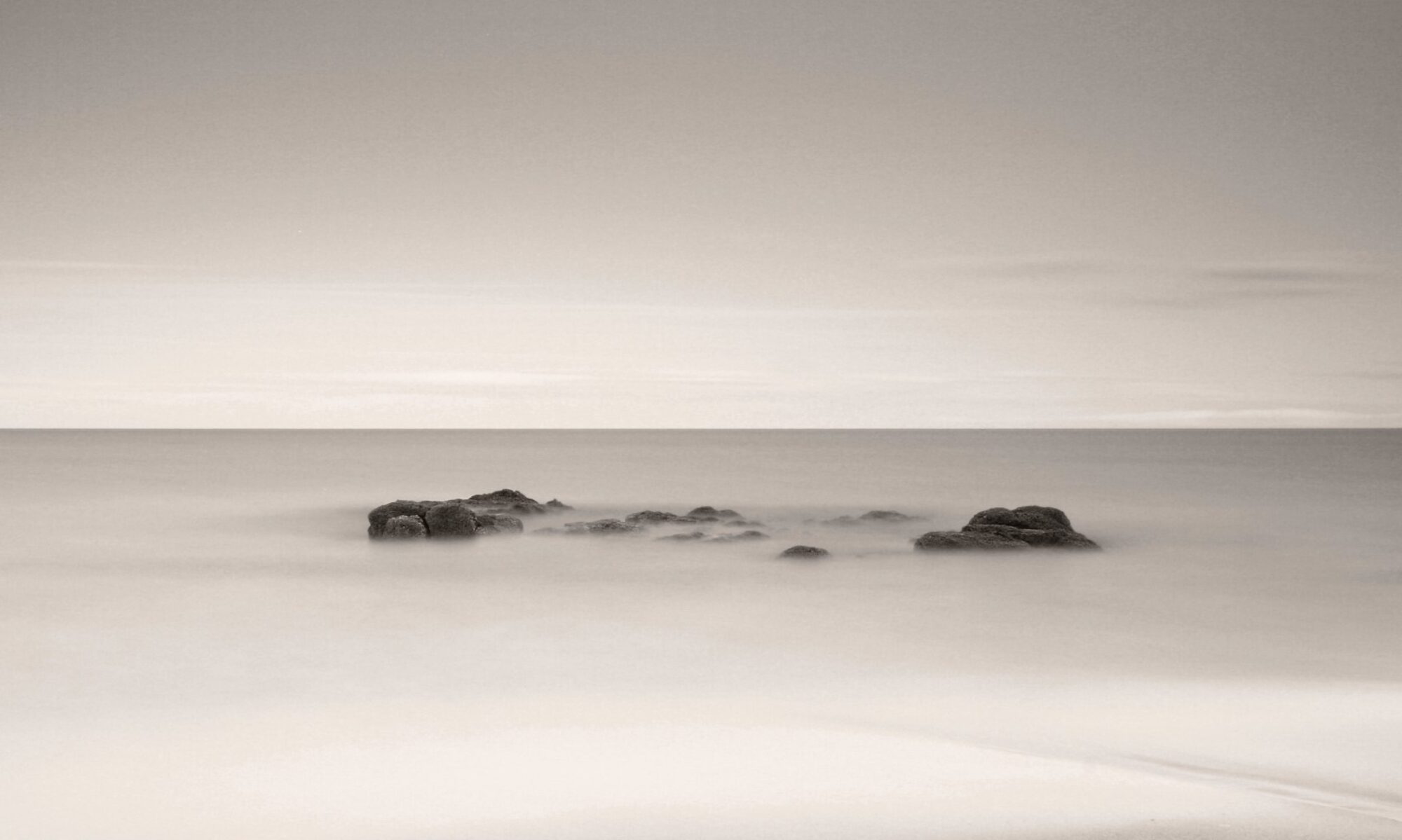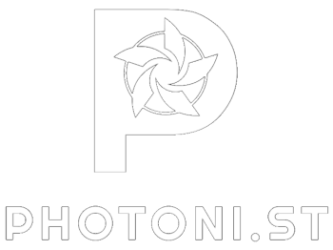Following my previous post about the obsession with details, photography genres require different ways of seeing and representing the subjects that I find hard to adapt to.

As an amateur landscape photographer first, I’m used to try to capture the whole: the more you put in the frame, the more you can try to make people feel they’re with you in the scene. That’s the reason why landscape photography is normally done using wide angle lenses. You don’t make people feel the grandiose vista at the top of a mountain by showing details of a few rocks. That’s simply obvious.
For me, getting a Sigma 10-20mm for my 350D was a revelation. It completely changed the way I saw things and I feel it improved my photography compared to the 28mm (45mm equiv) I was using before that. It stretched perspectives, making the scene more like what I experienced. It created a sense of vastness that captured better the sensation of being there.
But that is something that is really unique to landscape photography. All other kinds, as far as I can tell, are more interested in what I consider the parts. For example, in portrait photography, you don’t always capture the whole person, from hair to toes. You select what part to show. You also use selective focus to guide the eye to the part you want to highlight. In street photography, you sometimes take long lens images or you restrict the view to a section of a street, a shop window, or a detail. In still life photography, you select a petal, a reflection of light on a wall, the fabric of a piece of furniture.
As I’m now trying to explore new kinds of photography for a change and pushing me out of my comfort zone, I’m struggling to restrict myself to parts and think of them as the final product, not a detail of the overall image. I can no longer compose my images as I read landscape photos: strong foreground interest, if possible full of texture, then leading lines through the scene, and finally a background that closes the image and marks the end of the exploration with the eye.

None of that works for other kinds of photography. For example, the fashion now in street photography is layering: having an often blurry foreground (eww!), a sharp subject in the middle ground, and some partially blurry background. Nothing should be blurry. It’s hyperfocal distance every day in landscape photography. F/16 and be there. None of that f/4 or higher with not everything is focus nonsense. But I know that’s what makes better street photographs and what is expected.
That change of framing and focus is what I find the hardest. I need to unlearn what I have taught myself and practiced for years, and learn new techniques and new esthetics.
#Photography #Opinion #IMayBeWrong #Personal

